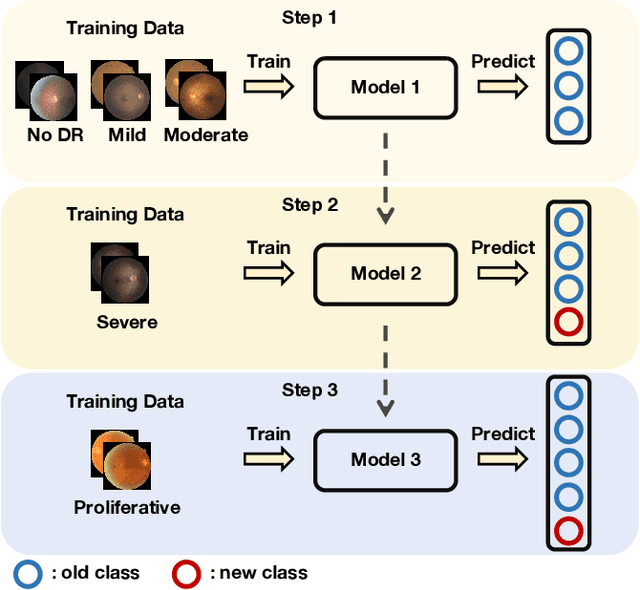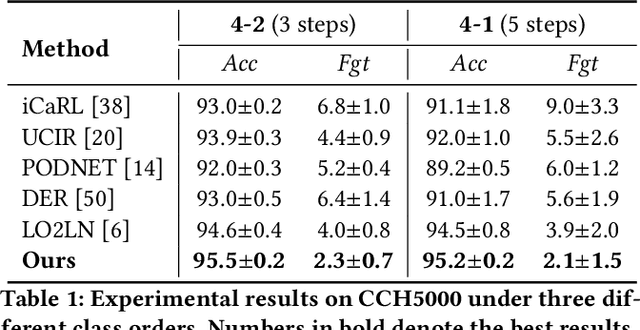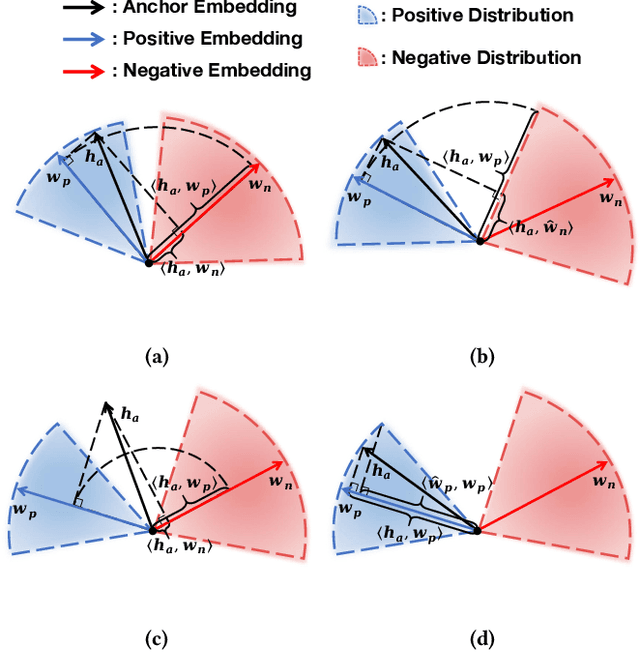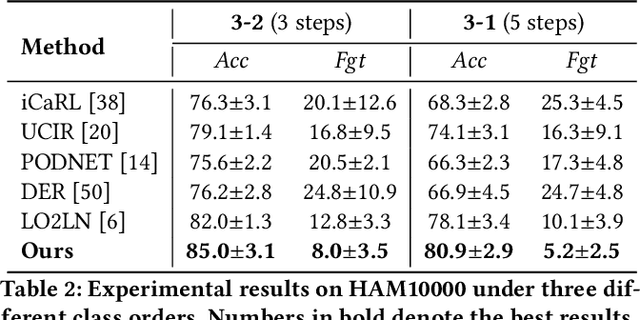Addressing Imbalance for Class Incremental Learning in Medical Image Classification
Paper and Code
Jul 18, 2024



Deep convolutional neural networks have made significant breakthroughs in medical image classification, under the assumption that training samples from all classes are simultaneously available. However, in real-world medical scenarios, there's a common need to continuously learn about new diseases, leading to the emerging field of class incremental learning (CIL) in the medical domain. Typically, CIL suffers from catastrophic forgetting when trained on new classes. This phenomenon is mainly caused by the imbalance between old and new classes, and it becomes even more challenging with imbalanced medical datasets. In this work, we introduce two simple yet effective plug-in methods to mitigate the adverse effects of the imbalance. First, we propose a CIL-balanced classification loss to mitigate the classifier bias toward majority classes via logit adjustment. Second, we propose a distribution margin loss that not only alleviates the inter-class overlap in embedding space but also enforces the intra-class compactness. We evaluate the effectiveness of our method with extensive experiments on three benchmark datasets (CCH5000, HAM10000, and EyePACS). The results demonstrate that our approach outperforms state-of-the-art methods.
 Add to Chrome
Add to Chrome Add to Firefox
Add to Firefox Add to Edge
Add to Edge